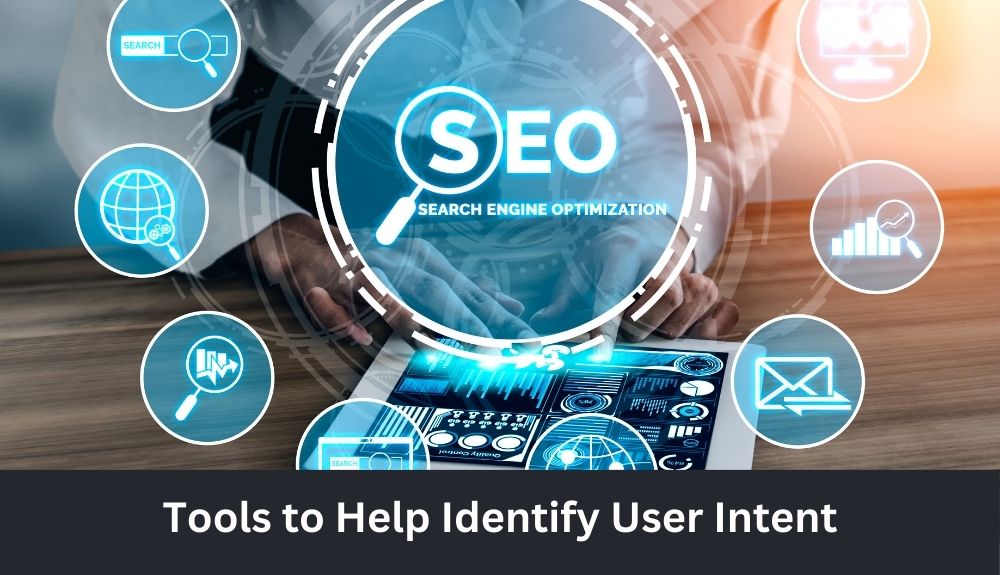Are you tired of seeing your website buried beneath pages of search results? Do you want to unlock the secret to getting your content in front of the right audience at the right time? Look no further than understanding and optimizing for user intent in SEO. In this blog post, we will delve into what user intent is, why it’s crucial for SEO success, different types of user intent, strategies for optimization, tools to help identify user intent, and how you can use this knowledge to skyrocket your SEO strategy. Buckle up as we embark on a journey to decode the mystery behind ranking higher and attracting more organic traffic!
What is User Intent?
User intent refers to the underlying reason behind a user’s search query. It goes beyond the words typed into a search bar; it delves into the motivation and purpose driving that search. Understanding user intent is like getting inside the mind of your target audience, anticipating their needs, desires, and intentions. By deciphering what users are looking for when they enter specific keywords or phrases, you can tailor your content to meet those needs effectively.
There are generally four main types of user intent: informational (seeking knowledge), navigational (looking for a specific website), transactional (ready to make a purchase), and commercial investigation (researching products/services before buying). Each type requires a unique approach in terms of content creation and optimization to cater to the user’s specific goals.
Optimizing for user intent involves aligning your content with what users are searching for online. It means creating valuable, relevant, and engaging material that directly addresses their queries and fulfills their objectives. By optimizing for user intent, you can enhance your website’s visibility in search results and attract more qualified traffic interested in what you have to offer.
Why User Intent is Important in SEO

User intent is crucial in SEO because it helps you understand what users are looking for when they search online. By aligning your content with user intent optimization, you can attract more qualified traffic to your website. This means higher chances of converting visitors into customers.
When you optimize for user intent, you’re not just focusing on keywords but also on providing valuable and relevant information that meets the needs of your target audience. This builds trust and credibility with users, leading to better engagement metrics and ultimately higher rankings in search engine results pages.
Ignoring user intent in SEO can result in high bounce rates and low conversion rates as your content may not resonate with what users are actually searching for. By taking the time to analyze and optimize for different types of user intent, you can tailor your SEO strategy to meet the specific needs and expectations of your audience.
Types of User Intent
When it comes to user intent in SEO, understanding the different types is crucial for tailoring your content to meet users’ needs effectively.
One type of user intent is informational, where users are seeking answers or information about a specific topic. This could be anything from “how-to” guides to research on a particular subject.
Transactional intent focuses on users looking to make a purchase or take a specific action. These users are often ready to convert and are searching with the intention of completing a transaction.
Navigational intent occurs when users are looking for a specific website or page. They already know what they’re looking for and want quick access to the desired destination without unnecessary detours.
Commercial investigation intent involves users who are comparing products or services before making a decision. They might be researching reviews, prices, or features before committing to a purchase.
Strategies for Optimizing for User Intent
When it comes to optimizing for user intent in SEO, understanding the different types of user intent is crucial. One strategy is to conduct thorough keyword research to identify the specific search queries users are making related to your business or industry.
Creating high-quality, relevant content that aligns with the various stages of the buyer’s journey can help address different user intents effectively. By providing valuable information and solutions, you can attract and engage users at every stage of their decision-making process.
Optimizing your website structure and navigation to make it easy for users to find what they’re looking for quickly can also improve overall user experience. Additionally, optimizing meta tags, headings, and internal linking based on user intent keywords can boost visibility in search results.
Regularly analyzing data from tools like Google Analytics and Search Console can provide insights into how users interact with your site and help refine your optimization strategies over time.
Tools to Help Identify User Intent

When it comes to optimizing your SEO strategy for user intent, utilizing the right tools can make a significant difference. There are various tools available that can help you identify and understand what users are searching for online.
One valuable tool is Google Analytics, which provides insights into how users interact with your website. By analyzing metrics such as bounce rate and time on page, you can gain a better understanding of user behavior.
Another useful tool is AnswerThePublic, which generates popular search queries related to your keywords. This can give you valuable insights into the questions and topics that users are interested in.
Additionally, tools like SEMrush and Ahrefs offer keyword research capabilities that can help you uncover relevant search terms and trends in user behavior. By leveraging these tools effectively, you can tailor your content to meet the specific needs and intentions of your target audience.
Remember, understanding user intent is key to driving organic traffic and improving your SEO performance. So don’t underestimate the power of using the right tools to guide your strategy!
Conclusion: How to Use User Intent to Improve Your SEO Strategy
Understanding and optimizing for user intent in SEO is crucial for driving organic traffic to your website. By aligning your content with what users are searching for, you can improve your search engine rankings and attract more qualified leads.
To use user intent to improve your SEO strategy, start by conducting thorough keyword research to understand the different types of user intent behind specific search queries. Create high-quality, relevant content that addresses these intents and provides value to users.
Utilize on-page optimization techniques such as including relevant keywords in your title tags, meta descriptions, and headings. Make sure your content answers the questions or solves the problems that users have when they land on your page.
Regularly monitor and analyze user behavior on your website using tools like Google Analytics to gain insights into how users interact with your content. Use this data to continually optimize and refine your SEO strategy based on evolving user intent trends.
By focusing on understanding and optimizing for user intent, you can create a more targeted approach to SEO that not only drives traffic but also delivers valuable experiences to users. Start incorporating user intent into your SEO strategy today to see improvements in both search engine visibility and overall site performance.












